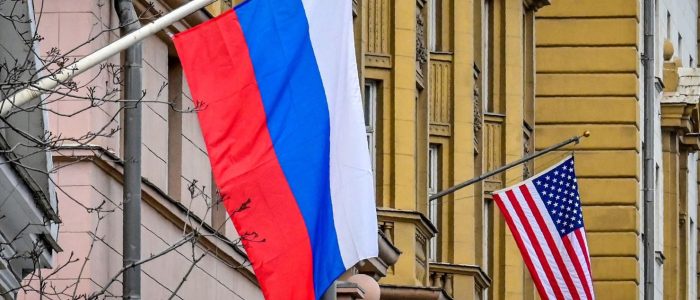The United States (US) and Russia set a good benchmark for bilateral strategic arms control during the Cold War. However, the understanding eroded in the post-Cold War period. The US-Russia bilateral strategic arms control measures were born from the realisation that an uncontrolled increase in strategic weapons could make war a reality. Starting from Strategic Arms Limitation Talks (SALT) to the Strategic Offensive Reductions Treaty (SORT or Moscow Treaty) and New START, these treaties oversaw a reduction in the number of nuclear warheads, delivery platforms, and missile defence systems. The Cold War environment was conducive to the success of these treaties.
With the end of the Cold War and the emergence of a multipolar world, arms control measures of the previous era became the most prominent casualty. The Anti-Ballistic Missile (ABM) Treaty died two decades ago, and the New START was extended for another five years in 2021. However, it is now suspended by Russia and has no likely future after February 2026. The demise of the New START will remove all caps on US-Russian nuclear forces and thus increase nuclear risk.
But numerous geostrategic realities require continued US-Russia strategic arms control. Although the geostrategic environment has changed a lot with the emergence of China and other power centres, the US and Russian legacy continues.
The US and Russia have the largest arsenal of nuclear warheads and delivery platforms globally. Russia has an active military research and development program. Russia is also a crucial energy supplier and has extensive diplomatic engagements that challenge the US presence across the world, and this remains a prime concern for the North Atlantic Treaty Organization (NATO) for European and Asia Pacific security. It has vast experience in negotiating and verifying arms control and disarmament, which can guide in formulating new treaties and meeting the needs of an emerging international strategic environment.
Although the geostrategic environment has changed a lot with the emergence of China and other power centres, the US and Russian legacy continues.
The US also shares several legacy characteristics with Russia. Its nuclear arsenal is unmatched by others. It extends a nuclear umbrella to around thirty mostly unnamed countries for security, non-proliferation, and monopolistic reasons. As the first and only state to have used nuclear weapons against another country, Japan, the US might feel obliged to respect the taboo against nuclear weapons use.
It may be in the security interest of both countries to keep each other’s strategic forces accountable under a treaty. The US has been interested in bringing China into an arms control arrangement alongside Russia. Washington contends that China is growing its arsenal rapidly. However, Beijing has argued that it has a huge difference in arsenal size with both Washington and Moscow. China may ask the US to climb down to Chinese numbers before they negotiate a trilateral treaty.
Even if the US and Russia are unwilling to reduce their stockpiles further, they can negotiate to cap them at the New START levels after the expiry of the agreement in 2026. This kind of agreement can also serve as a risk-reduction and confidence-building measure. US-Russian forces under this cap would still be larger than the Chinese forces. British and French independent nuclear forces also add to the capability and credibility of deterrence for the US against Russia. The Cold War history has taught that deterrence is in quality, not in numbers only. Both countries should remember this hard-learned lesson from their previous engagements.
Additionally, the other powers see the US and Russia as the leaders in arms control not only because of their experience but also due to the possession of more than 90% of nuclear forces in the world. Therefore, they carry more responsibility for a stable world than others. First, a nuclear exchange between the two will have global consequences. Second, the breakdown of their strategic relations will likely trickle down to other powers. Other dyads like Pakistan-India and US-North Korea may feel the pressure from increased geopolitical tensions and arms buildup. It may also mean that these countries will see less utility in arms control and try to re-balance to new strategic realities.
However, two points are important that need to be stated. First, the US and Russia being two strategic giants does not mean they can decide on matters concerning others. Where it involves others, consultation becomes necessary. Secondly, putting primary responsibility on the US and Russia does not imply that China can remain oblivious to its role or be ignored by others in the future. China’s stake in preserving global peace and stability is increasing as it grows economically and militarily. The breakdown of the US-Russia bilateral nuclear agreements and the overall nuclear order will also impact China.
The geostrategic environment has changed and is impacting the dynamics of relations between the key powers. Nonetheless, as the possessors of the largest nuclear stockpile, it is the US and Russia’s obligation to stop further vertical proliferation and minimise nuclear dangers. Putting a cap on nuclear stockpiles is a sign of maturity, and both countries have displayed it during the past decades. They are to gain from preserving it and lose by breaking it. In 2022, the five permanent nuclear-armed members of the United Nations Security Council (UNSC) reiterated the 1987 Gorbachev-Reagan pledge that since a nuclear war cannot be won, it must never be fought.
